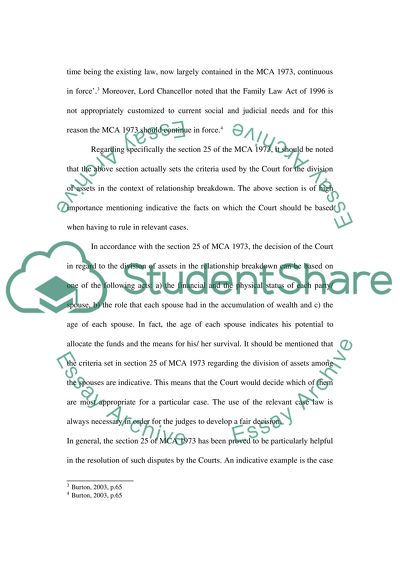Cite this document
(“Family Law Essay Example | Topics and Well Written Essays - 2500 words - 6”, n.d.)
Retrieved from https://studentshare.org/miscellaneous/1572459-family-law
Retrieved from https://studentshare.org/miscellaneous/1572459-family-law
(Family Law Essay Example | Topics and Well Written Essays - 2500 Words - 6)
https://studentshare.org/miscellaneous/1572459-family-law.
https://studentshare.org/miscellaneous/1572459-family-law.
“Family Law Essay Example | Topics and Well Written Essays - 2500 Words - 6”, n.d. https://studentshare.org/miscellaneous/1572459-family-law.


